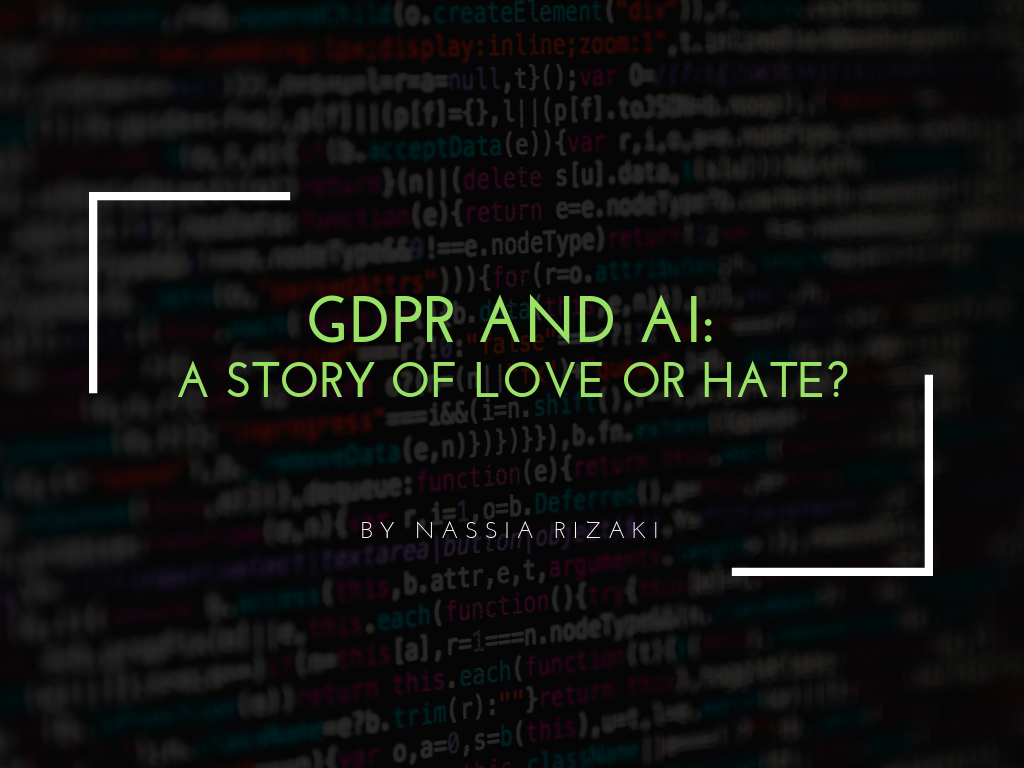When ChatGPT launched at the end of 2022, most data protection professionals had never heard of generative AI and were then certainly not aware of the potential dangers it could bring to data privacy (CEDPO AI Working Group, 2023). Now that AI platforms grow more sophisticated, so do the risks to our privacy, and therefore, it is important to discuss these risks and how to disarm them as effectively as possible.
GenAI systems are built on vast datasets, often including sensitive personal and organizational data. When users interact with these platforms, they unknowingly share information that could be stored, analyzed, and even potentially exposed to malicious actors (Torm, 2023). The AI itself could potentially reveal confidential information learned from previous interactions, leading to privacy breaches. This could have some major implications for the affected individuals or organizations if sensitive information is being shared without proper anonymization or consent.

Continuing on the topic of consent: Giving consent for generative AI platforms to use your data can be tricky, as most platforms provide vague and complex terms and conditions that are difficult for most users to fully understand. These agreements often include legal jargon and technological terminology, making it hard to know exactly what data is being collected, how it’s being used, or who it’s being shared with. This lack of transparency puts users at a disadvantage, as they may unknowingly grant permission for their personal information to be stored, analyzed, or even shared without fully understanding the risks involved.
To reduce the potential dangers of GenAI platforms, several key measures must be implemented. First, transparency should be prioritized by simplifying terms and conditions, making it easier for users to understand what data is being collected and how it is being be used. Clear consent mechanisms should be enforced, requiring explicit user approval for the collection and use of personal information. Additionally, data anonymization must be a standard practice to prevent sensitive information from being traced back to individuals. Furthermore, companies should limit the amount of data they collect and retain only what is necessary for the platform’s operation. Regular audits and compliance with privacy regulations like GDPR or HIPAA are also crucial to ensure that data handling practices align with legal standards (Torm, 2023). Lastly, users should be educated on best practices for protecting their data when using GenAI, starting with being cautious about what they share on AI platforms.
In conclusion, while generative AI offers transformative potential, it also presents significant risks to data privacy. By implementing transparent consent practices, anonymizing sensitive data, and adhering to strict privacy regulations, we can minimize these dangers and ensure a safer, more responsible use of AI technologies. Both organizations and users must work together to strike a balance between innovation and security, creating a future where the benefits of GenAI are harnessed without compromising personal or organizational privacy.
References:
CEDPO AI Working Group. (2023). Generative AI: the Data protection Implications. https://cedpo.eu/wp-content/uploads/generative-ai-the-data-protection-implications-16-10-2023.pdf
Torm, N. (2023, December 11). Steps to safeguarding privacy in the Gen AI era. www.cognizant.com. https://www.cognizant.com/se/en/insights/blog/articles/steps-to-safeguarding-privacy-in-the-gen-ai-era



